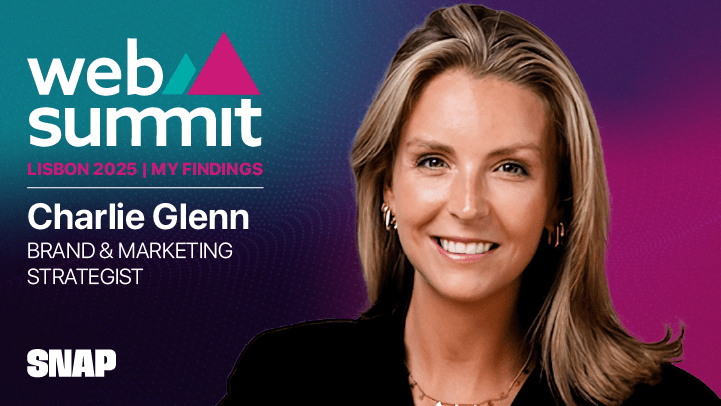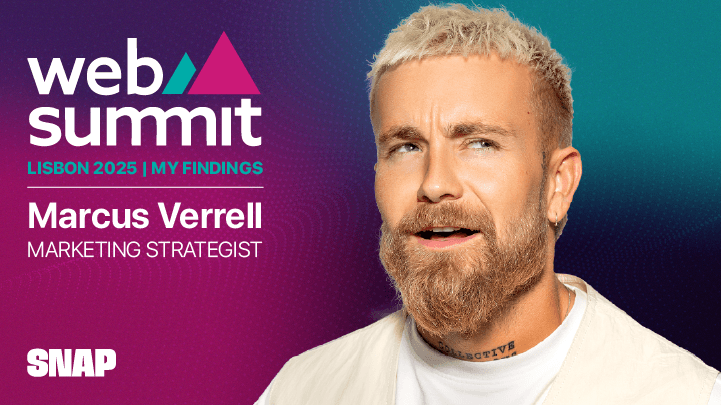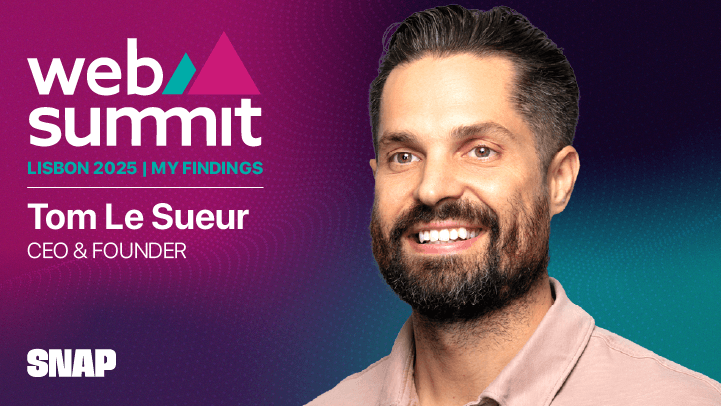In the last five years, the advertising world has undergone a significant transformation. No longer can a brand rely on a single advertisement to define its identity. The monoculture of TV ads that once captured the collective attention of the masses has all but disappeared. In fact, the rise of on-demand streaming services, ad-blockers, and niche content creation means that the days of one-size-fits-all marketing are over.
But this shift presents an opportunity for brands to be more dynamic, engaging, and culturally relevant than ever before. The brands that succeed in this new landscape are those that tap into something deeper than just a product – they create platforms that resonate with their audiences on a personal and cultural level.
What is a brand platform? A brand platform is a strategic framework that defines and communicates the core elements of a brand, including its purpose, values, mission, personality, and positioning. It serves as the foundation for all brand activities and interactions, ensuring consistency and alignment across marketing, communications, and customer experiences.
The Power of Brand Platforms
The key to staying relevant in a fragmented media landscape is building a brand platform, not just an ad campaign. Platforms allow brands to evolve with culture, driving multiple campaigns and ideas from a single, meaningful foundation.
Take Nike as an example. When Nike launched its “Just Do It” slogan, it was more than just a catchphrase. It became the foundation for a platform of belief. The idea that anyone could be an athlete, regardless of their background or experience, resonated deeply with consumers. It wasn’t just an ad. It was a movement. Nike’s platform became an invitation for people to align with the brand’s core values—perseverance, resilience, and self-improvement.
A strong brand platform doesn’t just help with visibility; it sparks a conversation. It turns an advertisement into a cultural moment. For instance, when Nike launched its controversial ad featuring Colin Kaepernick, the campaign didn’t just generate buzz—it became part of a larger dialogue about activism, social justice, and the role of athletes in advocating for change. This is the power of a brand platform: it connects with people, taps into their beliefs, and gives them something to engage with beyond the product itself.
Niche Brands with Powerful Platforms
While global giants like Nike dominate the conversation, smaller, niche brands have also harnessed the power of building strong, meaningful platforms that go beyond traditional advertising.
Take Patagonia as an example. Patagonia is a company that’s built a platform on environmental activism and sustainability. They have long been known for their commitment to environmental issues, with initiatives like its “Worn Wear” program, which encourages customers to buy used clothing or repair old items. The brand has also used its platform to advocate for policy change and sustainability. It’s not just about selling outdoor gear, it’s about making a meaningful impact on the planet. Patagonia’s platform invites customers to join its cause, turning shopping into an act of environmental activism.
In the world of craft beer, brands like BrewDog have built a platform around challenging conventions. BrewDog’s “punk” attitude is woven into everything the brand does, from its bold flavours to its unapologetic marketing. BrewDog has turned the act of drinking beer into a statement about rejecting the status quo, all while focusing on sustainability and social impact. Through its platform, they invite customers to be part of a rebellious movement that’s about more than just beer, it’s about embracing individuality and creating change.
The Rise of “Do It Yourself” Marketing: Creating Culture, Not Ads
Modern consumers are no longer passive recipients of advertising; they want to be a part of the narrative. The most successful brands understand this and encourage user-generated content. They provide the tools, and the audience creates the story.
Coca-Cola’s “Share a Coke” campaign for example, invited people to find bottles with their names on them, turning the act of buying a Coke into a personalised, social experience. It sparked a global movement of people sharing their unique bottle stories online, making the brand more relatable and engaging on a personal level. Tesco’s ”Voice of the Checkout” campaign deployed a similar strategy by asking their audience to audition to become the voice of their brand through TikTok duets.
Crisis as Opportunity: Turning Challenges Into Brand Moments
Great marketing doesn’t always come from well-planned campaigns. Sometimes, it’s about seizing the moment when a crisis strikes and turning it into an opportunity. But this requires agility, an area where many business fall short.
When Qatar banned alcohol at the World Cup, Budweiser turned the situation into a unique campaign by announcing that the winning country would receive free beer to celebrate. What could have been a setback instead became an unforgettable marketing moment, generating goodwill for the brand while tapping into the global excitement around the event.
This ability to adapt and create something positive out of a crisis shows the flexibility of brand platforms. By staying true to their core values and maintaining a strong, adaptable platform, brands can turn unexpected situations into opportunities for growth.
The Importance of Belief: Defining Your Brand’s Voice
To build a powerful platform, brands first need to define their voice. In the case of Nike, it wasn’t just about selling shoes. Phil Knight and Bill Bowerman believed deeply in the power of running to change lives. That belief drove the creation of a brand that became synonymous with athleticism, empowerment, and resilience.
The power of belief is a driving force behind successful brand platforms. When a brand’s beliefs are clear and authentic, they become irresistible to consumers. The strongest brand platforms are rooted in deep convictions that go beyond products or services. They invite consumers to believe in something bigger, to align themselves with the brand’s mission and values.
The Future of Marketing: Platforms Are the New Ads
In the current marketing landscape, success lies not in one-off advertisements but in building platforms that can evolve with the culture. Platforms allow brands to create a more engaging, participatory experience for their audience. These platforms become larger-than-life entities, constantly shaping and reshaping the conversation in a way that individual ads simply cannot.
The most successful brands will be those that move beyond traditional ads and focus on building platforms that foster creativity, encourage participation, and create meaningful connections with their audience. It’s about offering more than just a product—it’s about giving people something they can truly connect with and be a part of.
To succeed in today’s marketing world, brands must think bigger than a single ad campaign. They need to create platforms that invite engagement, spark conversation, and resonate with the culture. As marketing continues to evolve, the future belongs to those who can build powerful, adaptable brand platforms that stand the test of time.






